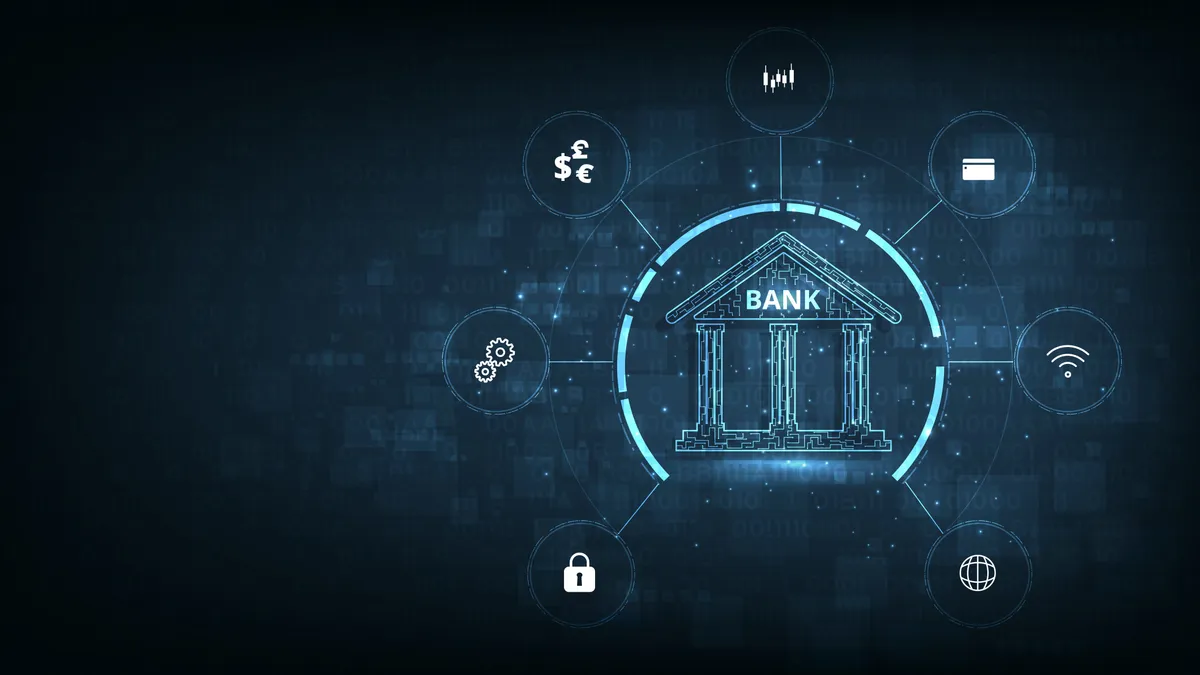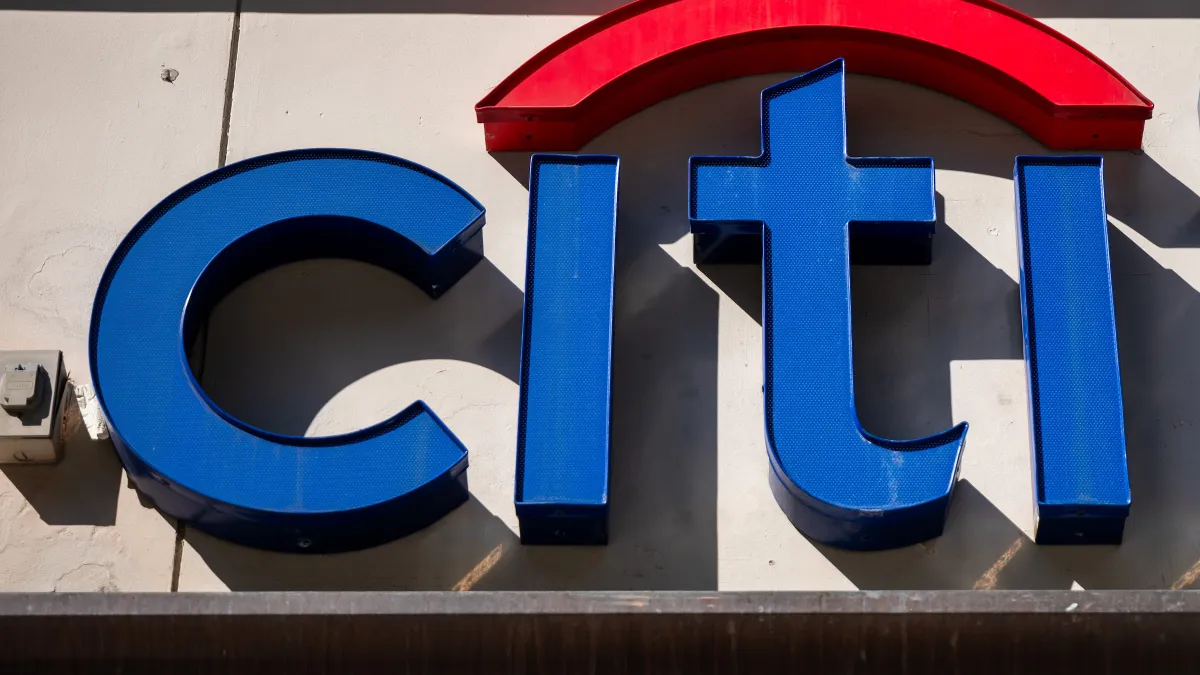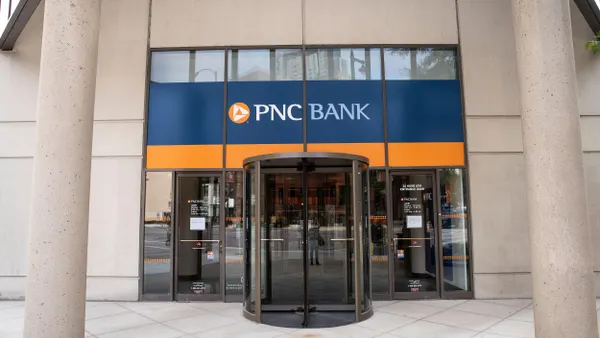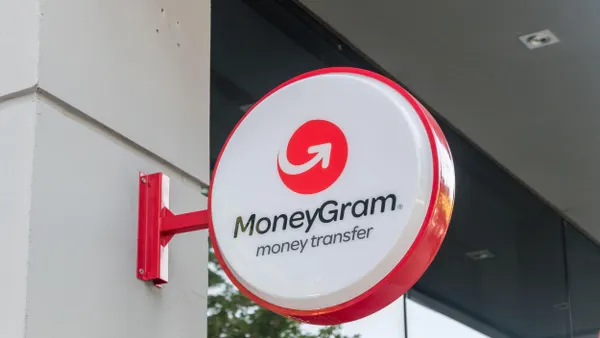Fintech i2c is zeroing in on smaller banks and those outside the U.S. in its quest to sign up more financial institution clients for its banking services.
Founded in 2001, i2c offers payment and banking services such as card issuing and core banking. The privately-held issuing-processing company, based in Redwood City, California, has about 1,700 employees and hundreds of clients, founder and CEO Amir Wain said during a recent interview.
About two years ago, i2c expanded into core banking, pitching its services to smaller banks seeking to modernize as they strive to remain competitive with larger banks and fintechs, Wain said. i2c aims to position its single, unified platform as a way for banks to consolidate if they currently have multiple platforms for various services.
The unified platform offering core banking, lending and card services is “solving a big problem for these banks, and we are finding that the response is really good,” Wain asserted. Thus far, the company’s offering has resonated with banks with assets between $2 billion and $10 billion, he said.

In considering the broader market for those services, i2c plans to avoid the top 50 biggest banks and target financial institutions with between $1 billion and $100 billion in assets, he said. The company’s service model aligns with banks in that range, “and going down to a really small bank, the economics just don’t work for us,” Wain said.
i2c declined to share the number of core banking clients it currently has. In January, the fintech announced it had signed The Bank of Missouri as one such client. i2c is also pursuing partnerships with large advisory firms to fuel its growth. That effort is ongoing, and the company is working with several partners, Wain said, without elaborating.
In the U.S., the category of banks the company is targeting isn’t huge, so that’s why i2c is pursuing more business in other regions of the world, he said. In international markets, there’s a bigger opportunity for a company with global capabilities to serve banks that have traditionally licensed software and had their own in-house IT teams, Wain said.
Growing comfort with the software-as-a-service model in banking “is driving a whole new procurement cycle,” Wain said. “It’s not like these international markets are growing faster than the U.S. What’s happening is, people are moving away from on-premise, running in-house, to a software-as-a-service model, which is creating tremendous opportunity for companies like i2c.”
The company, which counts Banco Popular in the Dominican Republic and Banco de Credito del Peru in Peru as clients, is focused on serving more banks in Latin America, as well as those in Asia, the Middle East and Africa, Wain said.
For now, though, the U.S. is currently about 60% of i2c’s revenue. i2c on Tuesday announced a renewal of its partnership with Las Vegas-based gaming payments company Sightline Payments, which taps i2c for digital payment technology. i2c, which Wain said is profitable, declined to share last year’s revenue or profits.
In contrast to younger startups with smaller staffs, Wain labeled i2c as a mature fintech that’s large enough to service banks with critical, 24/7 needs. “A platform of this nature, and the organization to run it in a compliant and secure fashion at scale, takes a lot of doing,” Wain argued.
But i2c is also more nimble and unified than the large legacy providers that serve many banks, he asserted. “We are between those new ones and the old legacy ones,” Wain contended.
As i2c pursues bank clients, Wain expects the company to begin pulling market share from legacy players such as Fiserv, Fidelity National Information Services and Jack Henry & Associates next year.
“These things don’t happen overnight,” he said, but in 2025, “it may get to a level of activity where it would start becoming very noticeable for some of our legacy providers in the market,” Wain said.












